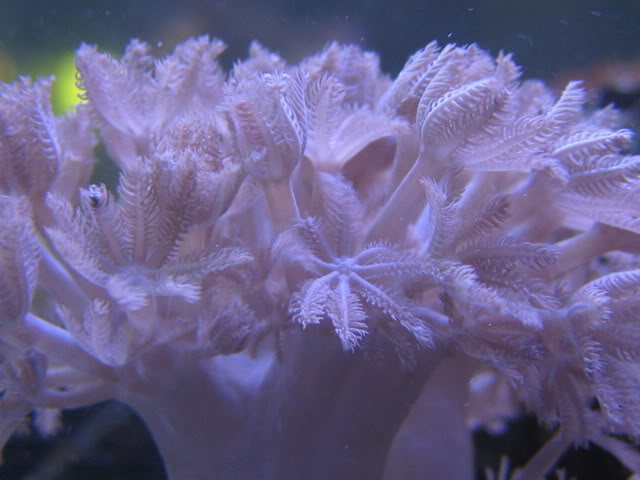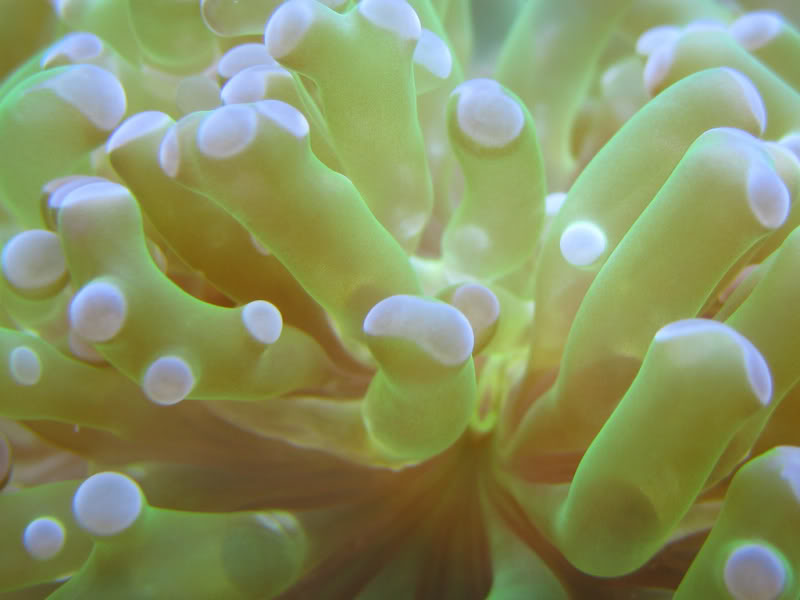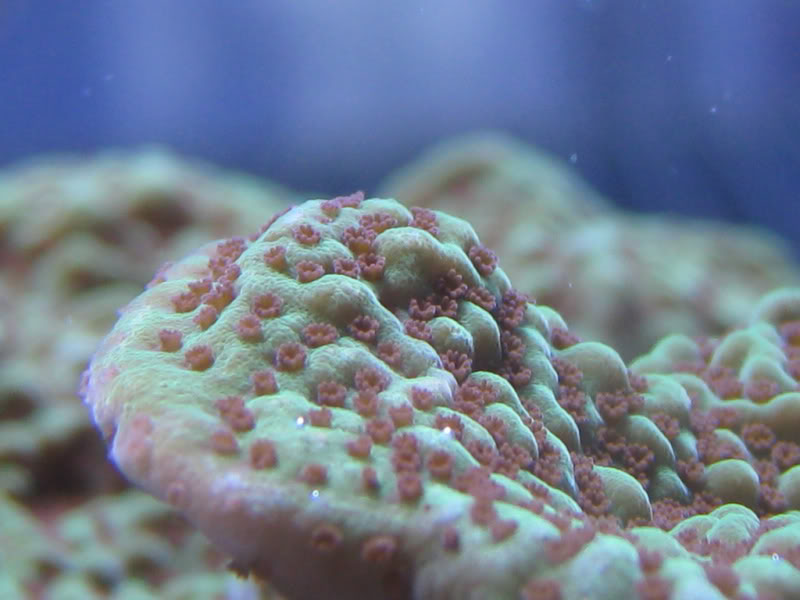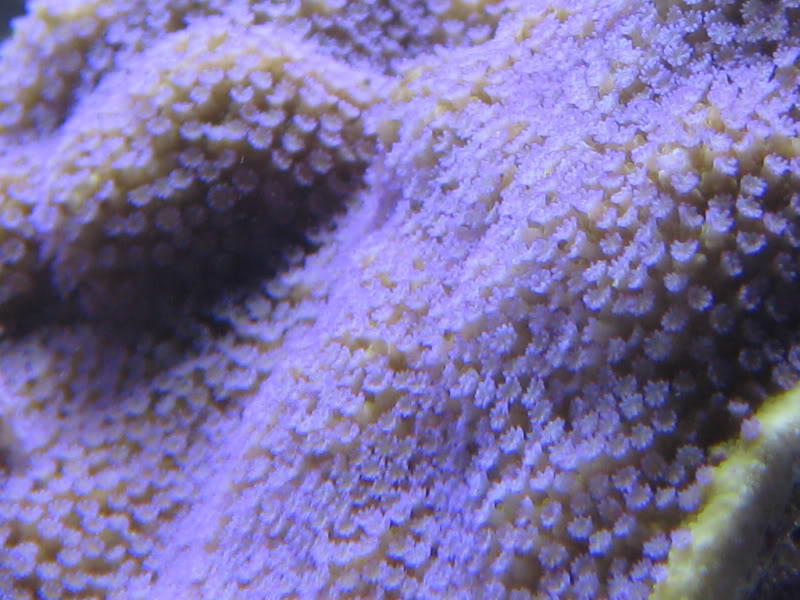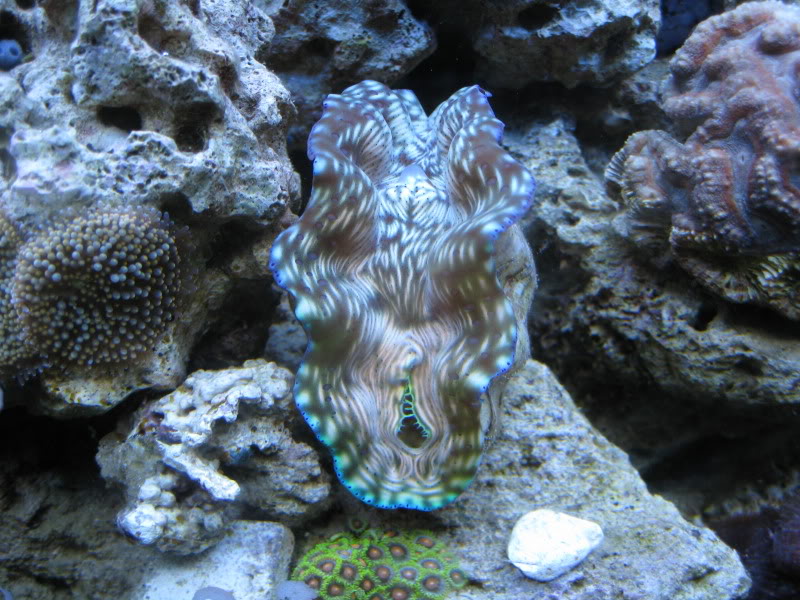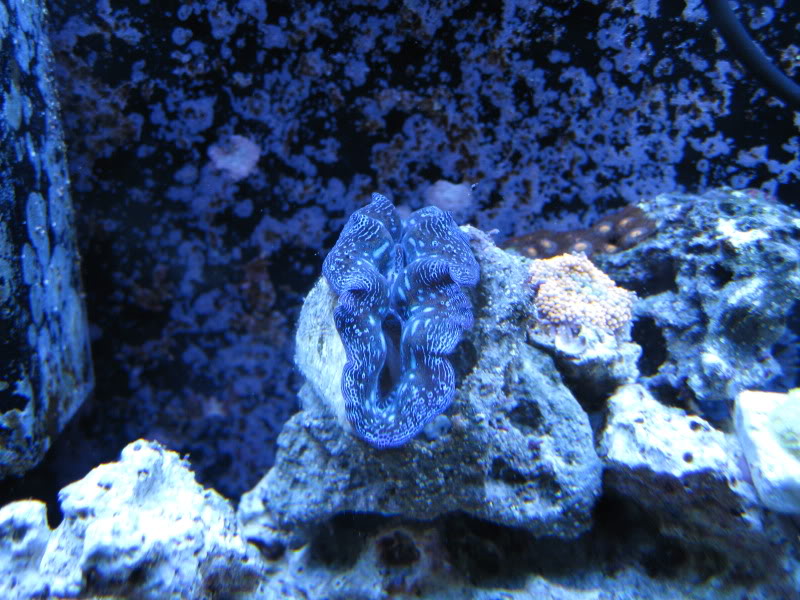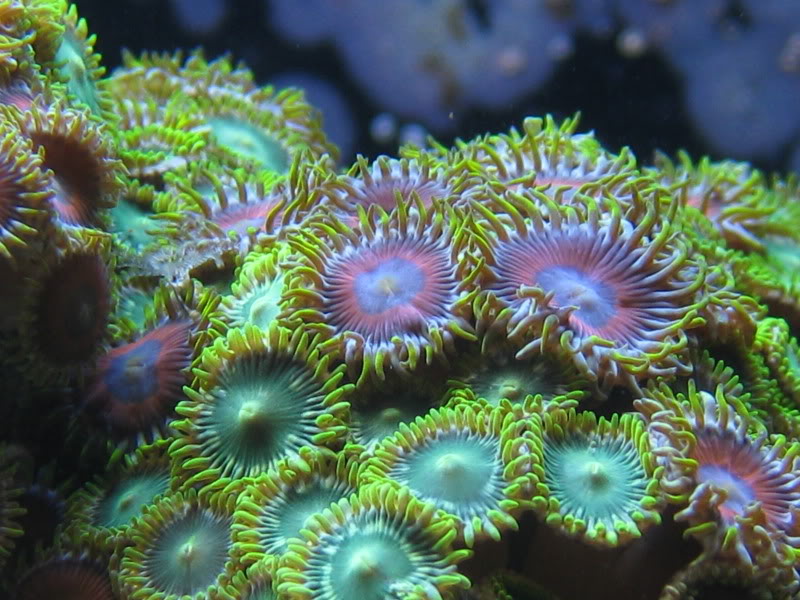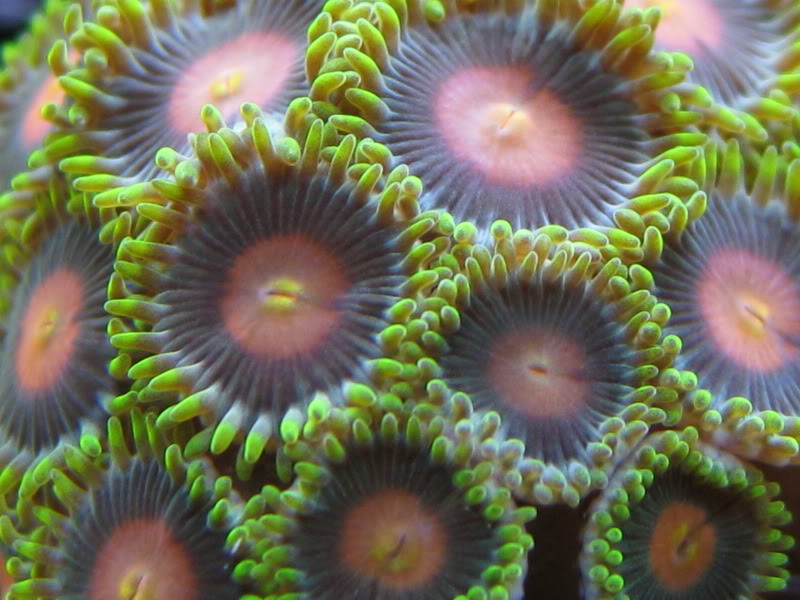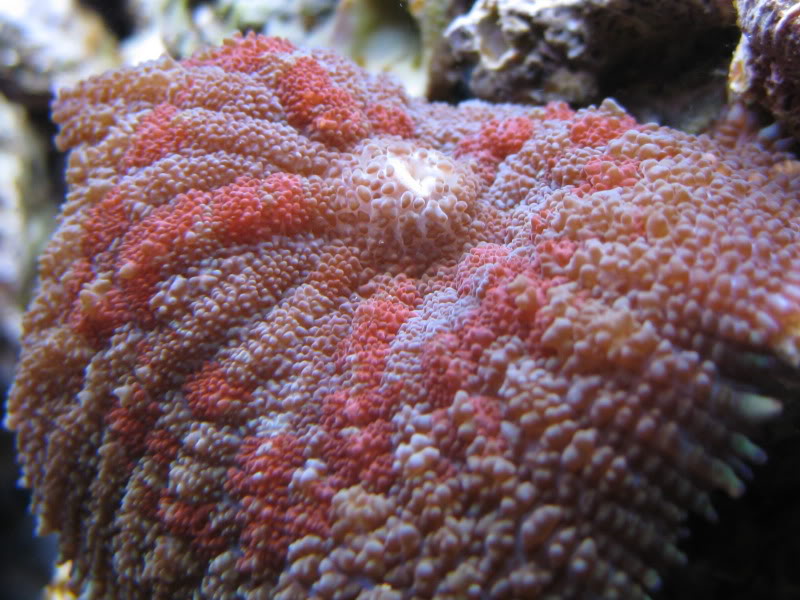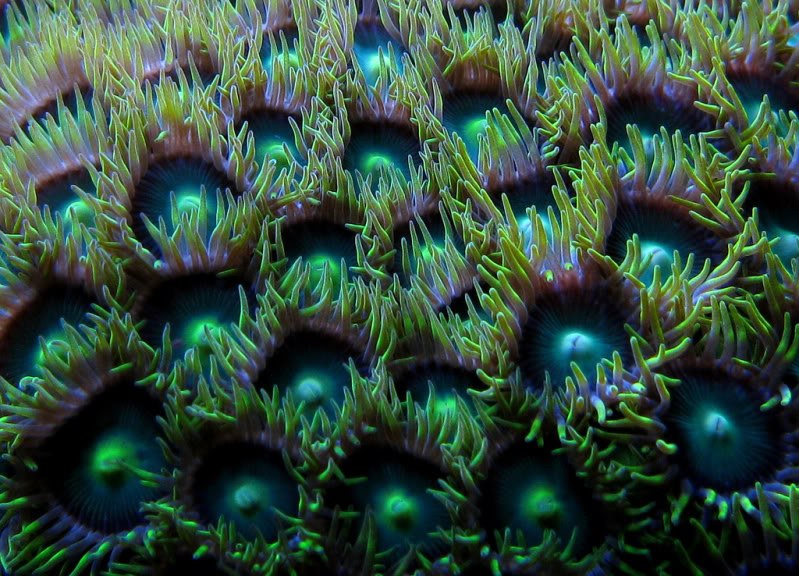Depending on the type of rock some stuff in stores can be $15/lb or more. The best value live rock I have seen was from a customer who got gulf rock shipped submerged for something like $5-6/lb and it still had brain corals and gorgonians growing on it.
What kind of budget are you thinking of?
There are three main stages to a sw tank. First is the basic setup which includes everything to get the tank wet and running (tank, stand, salt mix, pumps, etc.). The second stage is live rock. Get it all in and let the tank cycle and the rock cure. The lighting should be added when the rock is cured and the tank is cycled. The last stage is actually stocking it. The good thing about this stage is that it is only as expensive as you want it to be. If you only want fish that are $30 or less and only want corals from the $10 section that is all you have to spend. If finances get tight and you can't add anything for a while, no problem. The other good part is depending on tank size, how things are going, etc. this stage can last years. You can be three years into the tank and still find neat things to add (cool new corals, porcelain crabs, etc.). With only fish you will be stocked in a few months. With corals it could take years. Even if you fill up you can swap corals or bring them into the shop for some credit towards new ones.
My favorite corals are:
-Pink Xenia (aka white pompom Xenia): I like this one because it is shorter and fuller than regular Xenia, is almost impossible to get it to stop pumping (regular Xenia may stop pumping and won't start back up again), has a better color, isn't as prolific, and still improves water quality.
-Zoanthids and Mushrooms: Are hardy, colorful, do not require feeding, have a neutral to positive impact on water quality, and do not require bright lighting (but do look better under brighter lighting).
-Euphyllia spp. (I prefer frogspawn): these are an LPS (large polyped srony coral) so are more demanding than those previously mentioned because they require proper calcium, alkalinity, and magnesium levels in the water. They are pretty hardy for LPS though. The only downsize is that they do have a strong sting so should not be within reach of other corals (including the night time reach of their stinging tentacles).
-Montipora spp.: An SPS (Small polyped stony coral), but a hardy one and can do well under conditions that could not support more demanding SPS (like Acropora spp.). They come in many colors and combinations and can do very well, even growing on the glass. They can be $10 for a good size colony, or $100 or more for one smaller than a dime.


